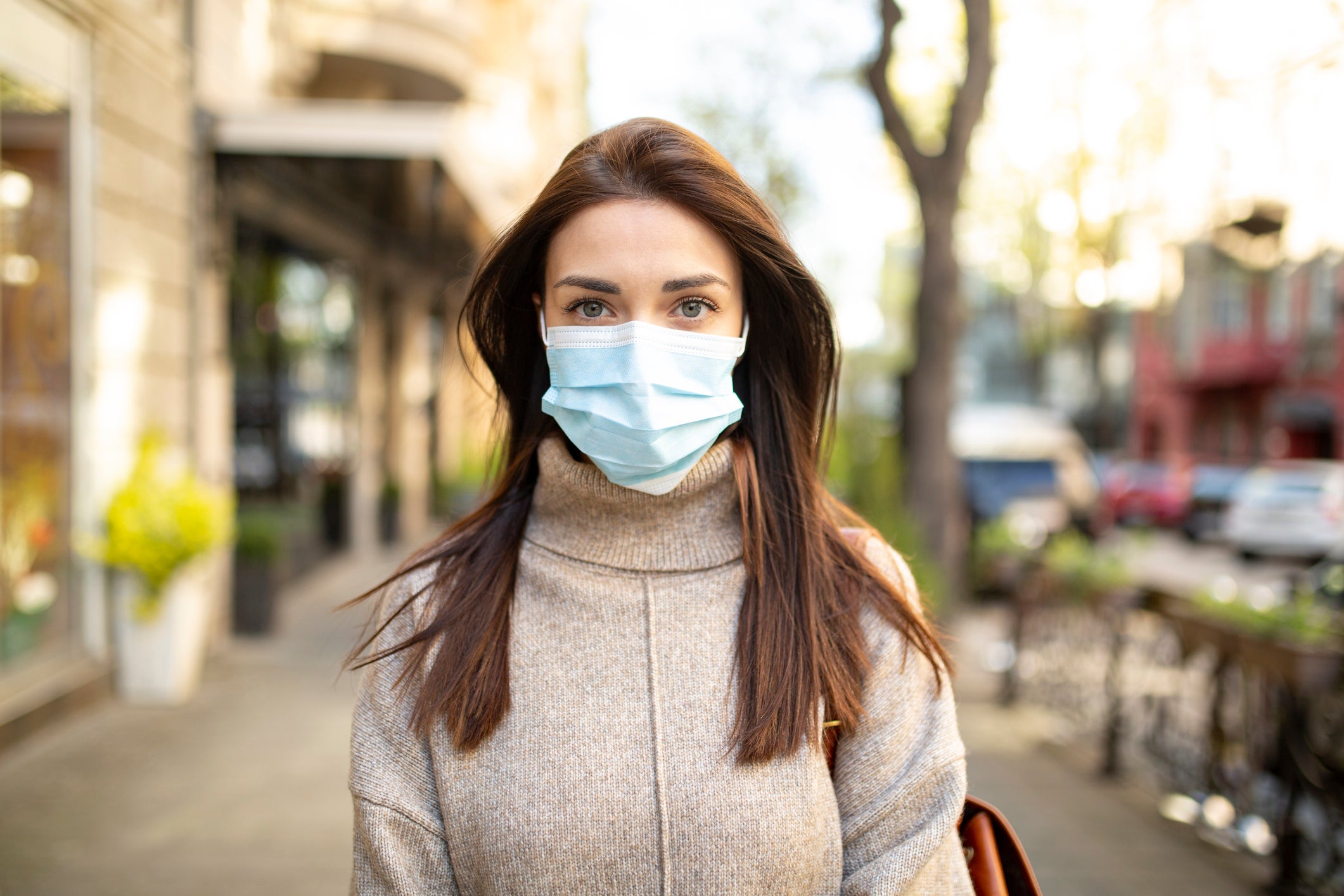This website uses cookies so that we can provide you with the best user experience possible. Cookie information is stored in your browser and performs functions such as recognising you when you return to our website and helping our team to understand which sections of the website you find most interesting and useful.

Matt Hancock has announced which regions in England will change tier allocations from Saturday due to the local infection rates of Covid-19.
Speaking in the House of Commons on Thursday, the health secretary revealed that Bedfordshire, Berkshire, Peterborough and Portsmouth would all enter into tier 3.
“I know that the tier 3 measures are tough, but the best way for everyone to get out of them is to pull together,” he said.
Additionally, some areas, including Bristol and North Somerset, will be downgraded from tier 3 into tier 2, while Herefordshire has been downgraded from tier 2 to tier 1.
The new tier allocations will come into place from midnight on Saturday 19 December.
England returned to a three-tier system of restrictions after the national lockdown ended on 2 December.
London, which was placed under tier 3 restrictions on Wednesday, after figures found that the capital’s Covid-19 infection rate was the highest in England.
Read more: london-covid-uk-b1769475.html">What are the rules in Tier 3 areas?
The three-tier system is being updated on a fortnightly basis, with the next announcement due to take place on Wednesday 30 December.
People can find out which alert level their area falls under using the postcode search available on the government website. You can also refer to a full list here. The NHS Covid 19 app will also be updated and show which local alert level applies in which area
How does a three-tier lockdown work?
England has once again been divided into different tiers based on local infection rates, which will dictate the severity of restrictions in each area.
The three alert levels span from the minimum level of restrictions applicable to all of England, including the rule of six and 11pm hospitality curfews, to the most strict measures reserved for the highest level.
Medium Tier (1)– People are expected to follow basic restrictions that are in place across the country, such as the rule of six, an 11pm hospitality curfew and social distancing.
High Tier (2)– All of the rules for medium tier, plus households are banned from mixing indoors but can still mix outside as long as there are six people or fewer.
Very High Tier (3)– People must not have any social contact with anyone outside their household (unless you are a support bubble) indoors but can still meet outdoors in parks and other public spaces in groups of six or fewer. Pubs and bars will be closed unless they can operate as delivery or takeaway services.
Click here for the full list of restrictions in each tier.
How will I know what tier my local area falls under?
London and Liverpool are in tier 2, while Manchester, Bristol and Birmingham are in tier 3.
If you want to find out what tier your local area falls under there are a number of ways you can check.
There is a postcode search available on the government website, while the NHS Covid 19 app will show which local alert level applies in which area.
You could also refer to a full list of which areas have been allocated to which tiers here.
The government is also providing additional guidance to those who are for clinically, extremely vulnerable.



 Africana55 Radio
Africana55 Radio 
